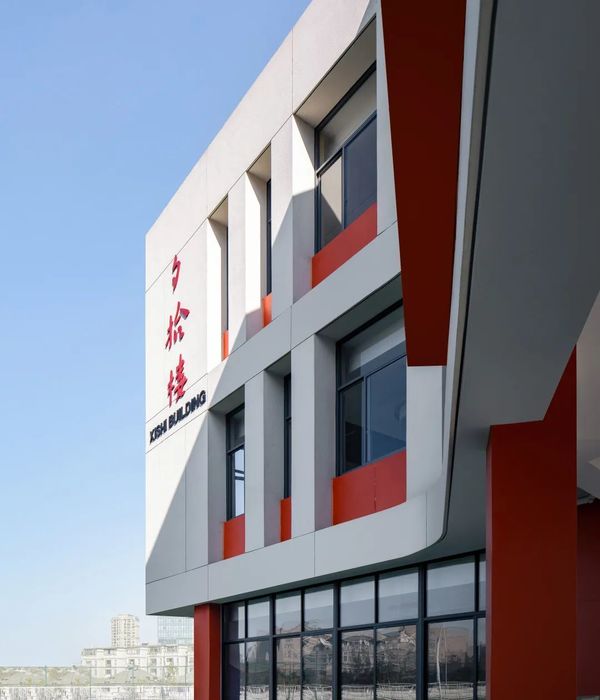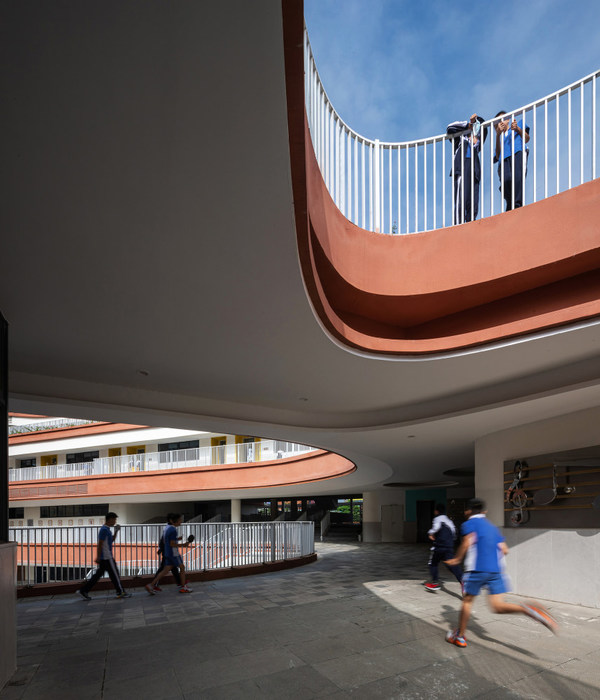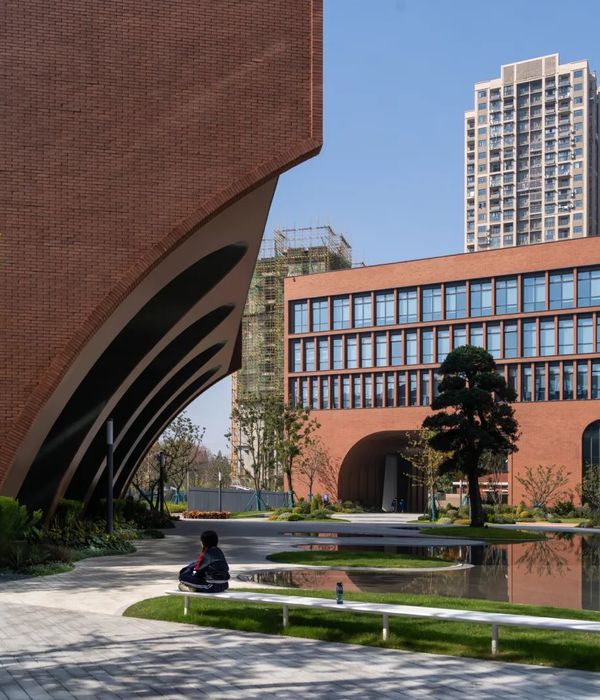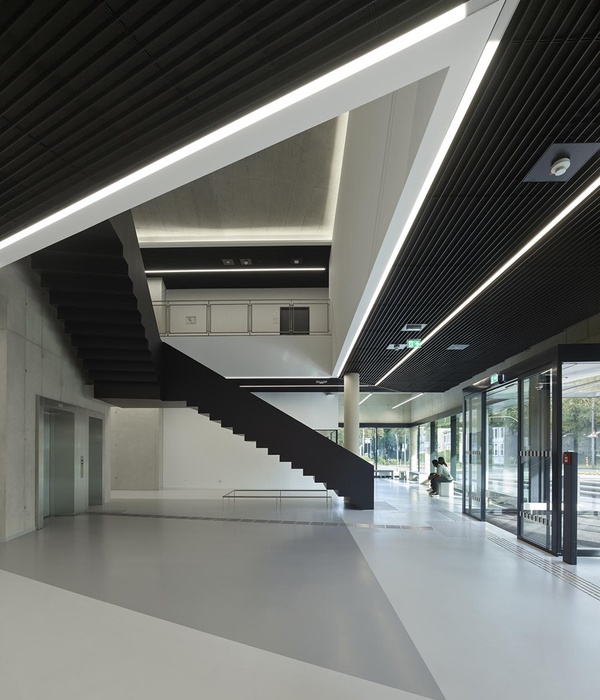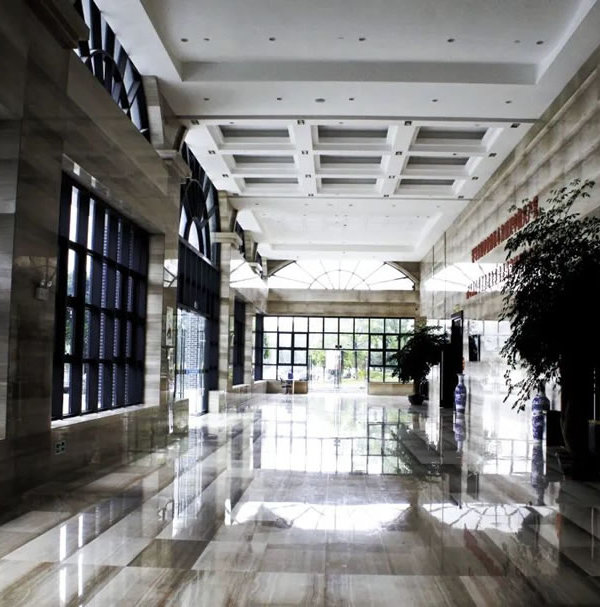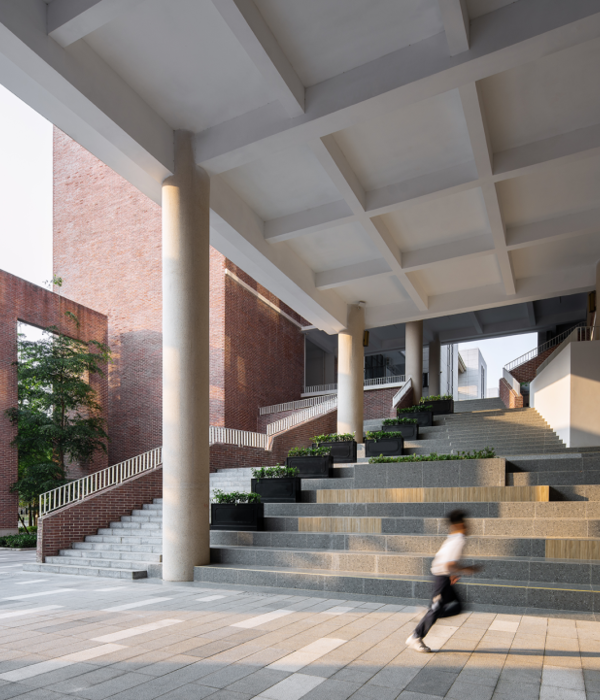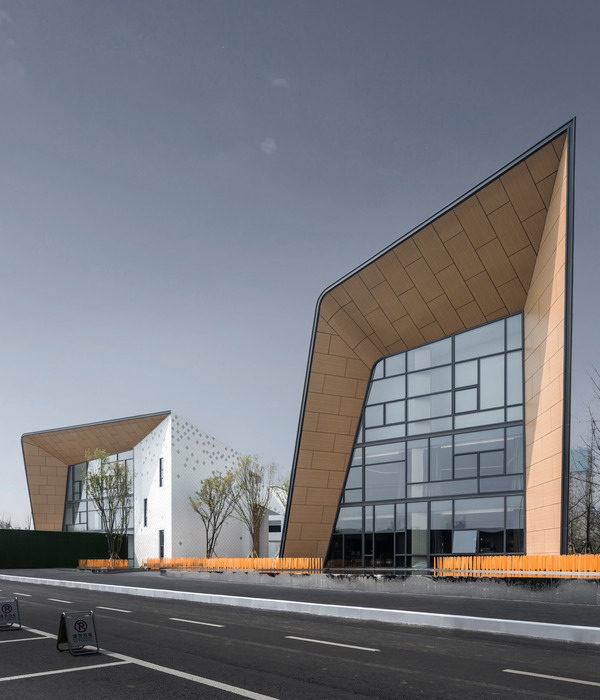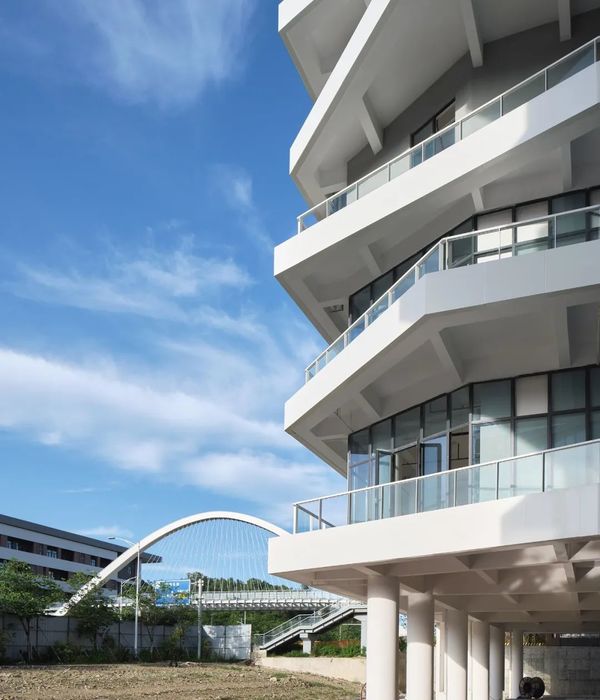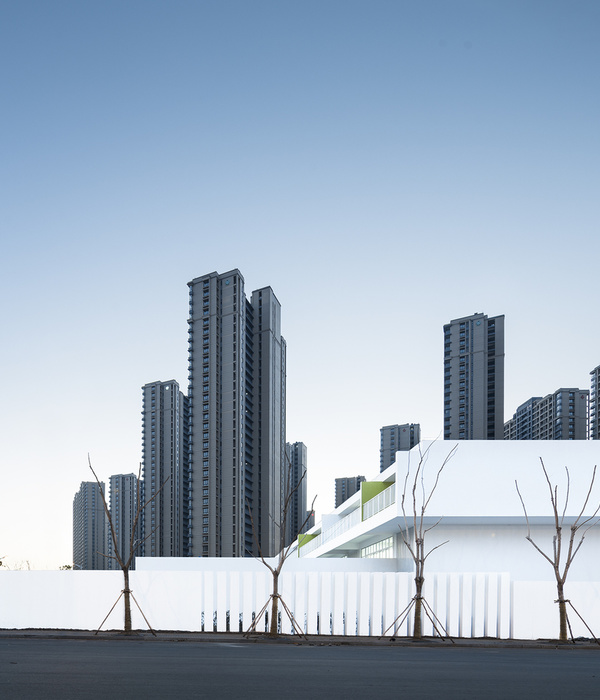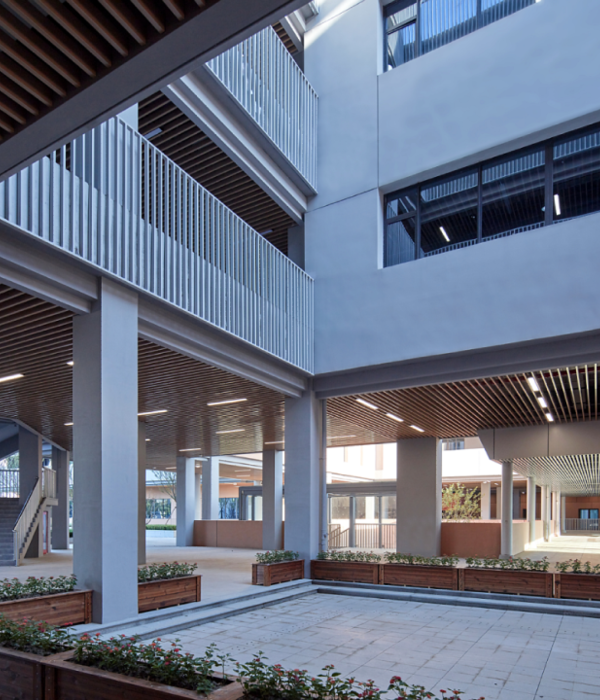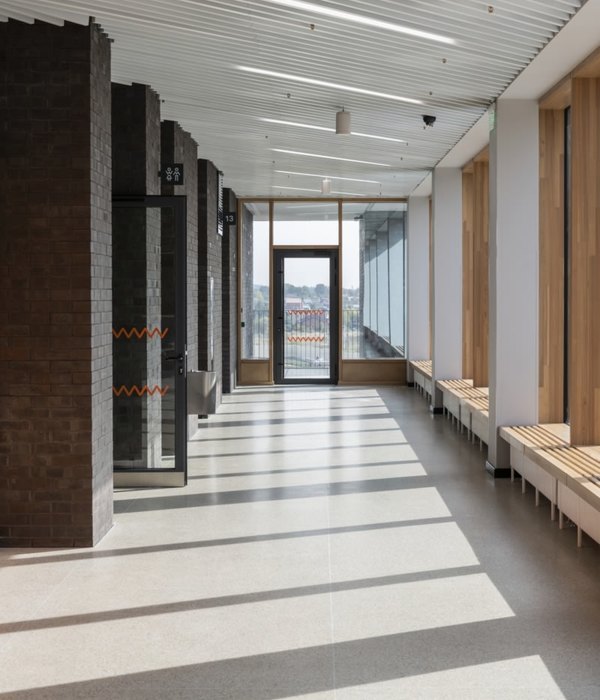Architects:Habitable Form
Area :2888 ft²
Year :2022
Photographs :Emily Heezen
Manufacturers : AutoDesk, Kebony, Origin, Sierra Pacific WindowsAutoDesk
Lead Architect :Chelsea Anderson
Landscape Architect :Outdoor Spatial Design
Structural Engineer :Tobias & West
City : Kiawah Island
Country : United States
Nestled in the ancient oaks on the barrier island of Kiawah rests the Victory Bay House. For Habitable Form, the design concept quickly became about nestling under the protection of the shaded oaks and connecting outward toward the surrounding neighborhood park through a symbiotic relationship with the park design and the natural landscape of the island.
During the site study, it became clear that there was a minimal area to build on in order to protect the ancient Live Oaks. This meant that it would need to go vertical in the approach while keeping the form narrow to allow for natural daylight and ventilation. The on-shore breeze dominates from the southwest and the design concept needed to channel that luxurious resource. The site had a dramatic slope from the natural sand dune accumulation and the design team felt it needed to bridge over the low point to maintain the natural drainage and integrity of the dune.
The clients are a retired couple that wishes to have a place for their adult children and grandchildren to gather. Privacy and autonomy were important to the clients in order for the house to never feel too small while at the same time not too large with only two people for the majority of the time. These concerns were addressed in two ways. First, each of the three bedrooms is completely isolated from one another for acoustical privacy. Secondly, the second-floor bedroom suite was isolated completely with private exterior access so it could close off when not in use and give autonomy to those who use it.
Habitable Form pulled from their regional knowledge base of the low-county vernacular to include large overhangs throughout for shade and water management. The wood throughout is a sustainably forested pine with a short growth cycle. The pine is modified with a bio-based liquid to give it the properties of hardwood. Left to weather, the wood will develop a silvery sheen further blending the home into its natural surroundings.
The architects sought a light connection at the ground to further nestle in with a post-and-beam structure. Although in close collaboration with the builder and structural engineer, the team ended up coming to a hybrid solution. The hybrid approach allows for the economy and simplicity of light wood framing with a highly insulated envelope set atop cast-in-place columns for extra strength compared to what would typically be CMU block columns in this market. The house will continue to develop with time as the family ages and future generations inhabit it. In response to its climate, the home will age and patina as the landscape matures and with time will further reveal itself.
▼项目更多图片
{{item.text_origin}}

